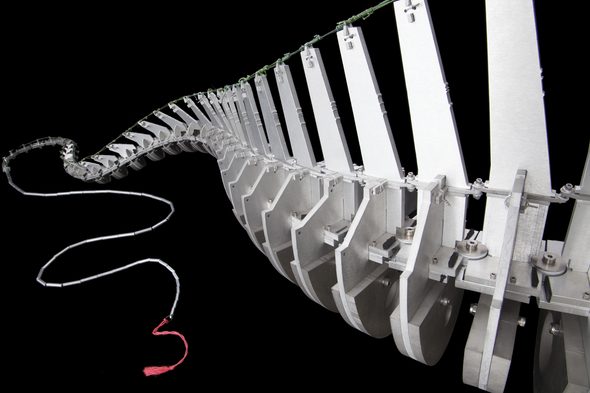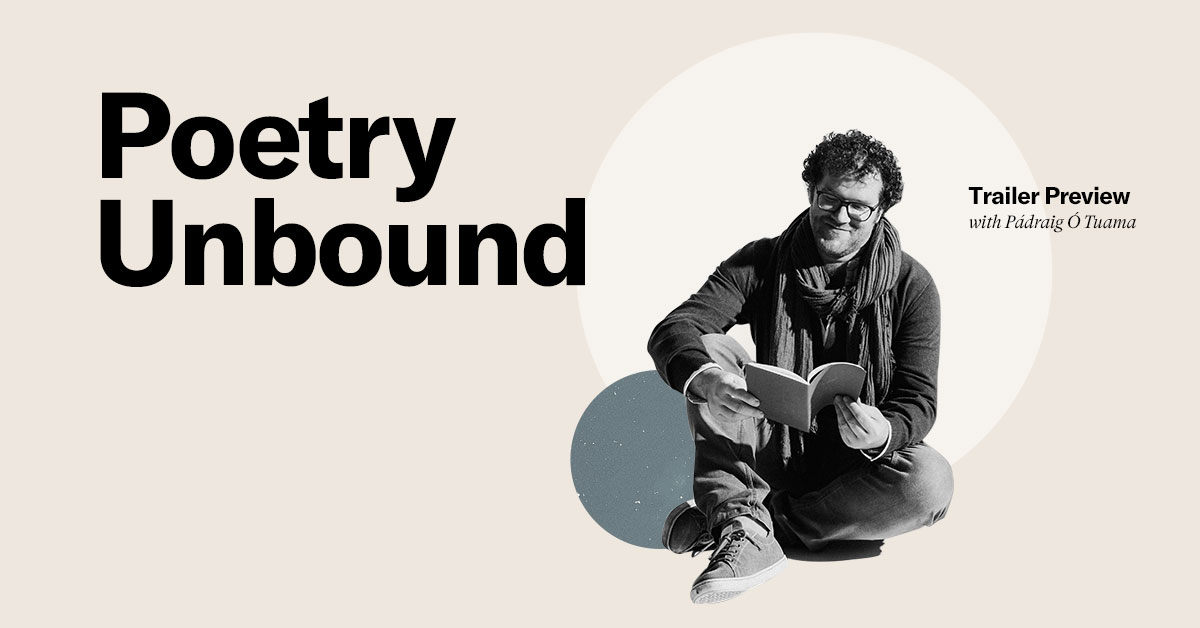Public health experts shake their heads at the chaotic political divisions and inconsistent policies that have undermined attempts to control the spread of COVID-19 through much of the world. But a new study by mathematicians in Germany and the U.K. has applied the tools of chaos theory to show that divisions of a constructive kind could actually bring the pandemic under control much more effectively.
The research was done at the University of Oxford, Göttingen University, and the Max Planck Institute for Dynamics and Self-Organization. The group built a mathematical model of coronavirus transmission that accounts for the inherently random ways that the number of infections fluctuates over time. They noticed that case counts within small populations sometimes drop all the way to zero as long as people are wearing masks, social distancing, and taking the other standard precautions.
Those spontaneous extinctions of the disease made them wonder: if the small towns or counties did more to isolate themselves from neighboring communities, would that sometimes extinguish COVID-19 enough that they could lift restrictions and resume more of normal life for longer period, until the disease popped up again?
A rigorous mathematical analysis showed that indeed, this kind of divide-and-conquer strategy can work, at least in theory. They published that result in the journal Chaos. [Philip Bittihn and Ramin Golestanian, Stochastic effects on the dynamics of an epidemic due to population subdivision]
Then, in a follow-on study published in a preprint, which has yet to be peer-reviewed, the group ran simulations using county-level data from Germany, England, Italy, New York State, and Florida. For each place, they compared two scenarios. In the first, leaders impose statewide or nationwide restrictions like those that Western European countries have just put back into effect. In the second scenario, restrictions on movement kick in whenever infection rates rise above a threshold, but the restrictions are applied county by county—or even neighborhood by neighborhood within large cities—so that the population is effectively subdivided into groups no bigger than 200,000 people.
For example, under this alternative strategy, a big outbreak could force the Upper West Side of Manhattan to restrict non-essential movements for several weeks, but in other neighborhoods on the island, schools, offices, and restaurants could remain open, so long as case counts stayed low.
The researchers found that, even when they allowed for modest intermingling among communities, this approach of local control could cut by about 80 percent the number of days that most people would have to spend living under tough restrictions.
Their models predict that these benefits of local control might take a few months to become obvious. But they also suggest that a subdivision strategy could save many, many lives over the long run.
—Wayt Gibbs














